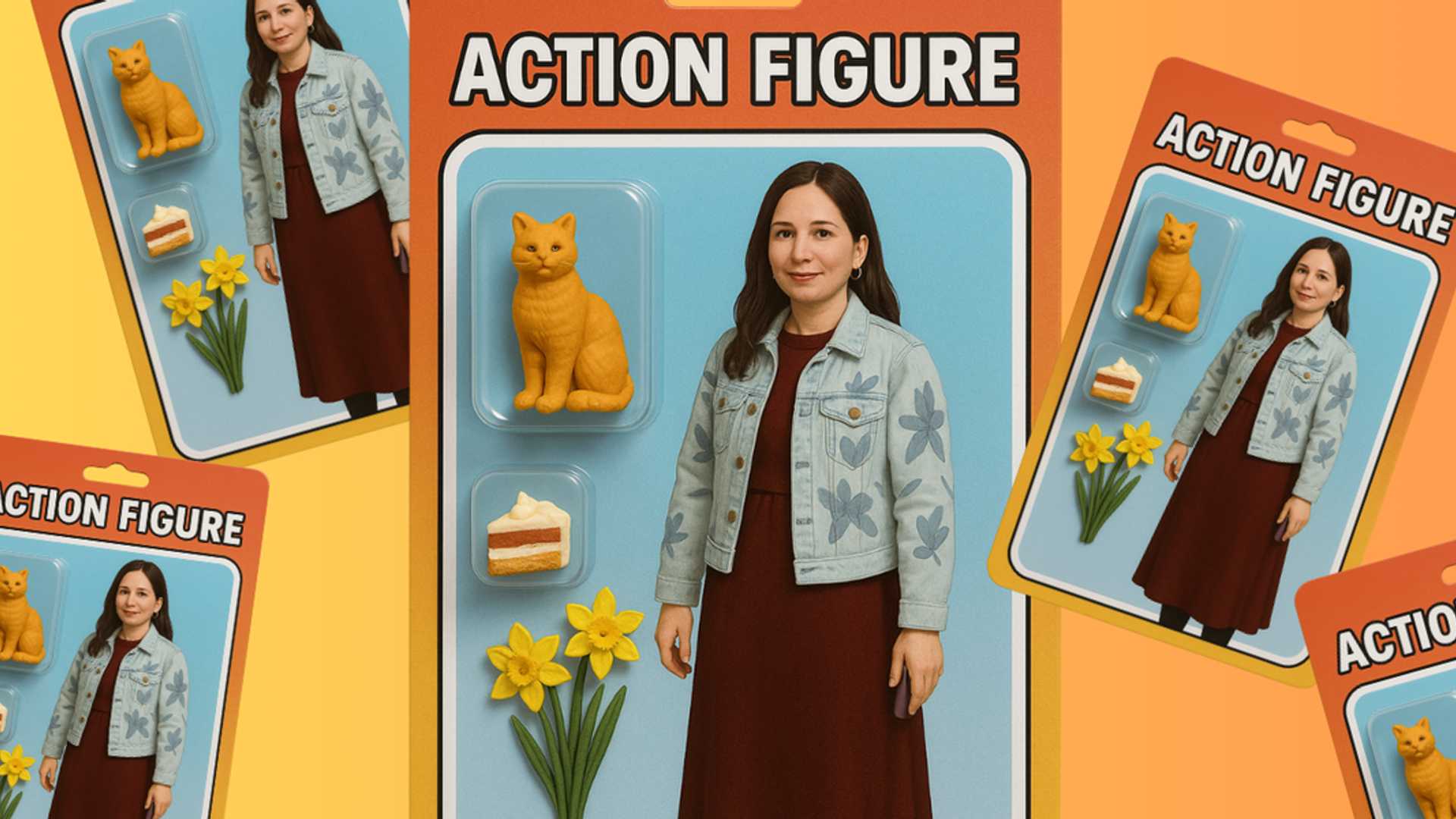The Fine Line Between Inspiration and Infringement: Studio Ghibli's Artistic Style
Studio Ghibli, the renowned Japanese animation studio established in 1985 by Hayao Miyazaki and Isao Takahata, has long been celebrated for its exceptional creativity in crafting animated films that seamlessly blend captivating visuals with profound storytelling. Over the years, the studio has captivated audiences with masterpieces like Spirited Away, Ponyo, and Princess Mononoke, each showcasing a unique animation style and artistic approach that sets Studio Ghibli apart from the rest.

The Distinctive Animation Style of Studio Ghibli
One of the hallmarks of Studio Ghibli's films is its distinct animation style, characterized by intricate details, vibrant colors, and a whimsical yet profound aesthetic. The studio's visual language is instantly recognizable, creating a cohesive and immersive experience for viewers across all its works.
While AI technology has enabled the generation of images for some time now, there has been a recent surge in using AI to replicate specific artistic styles, such as that of Studio Ghibli. Platforms like Instagram and TikTok have witnessed a trend where AI tools can mimic renowned artistic styles with remarkable accuracy. For instance, Open AI introduced a tool on ChatGPT that empowers users to transform their images into the style of their choice, including the iconic Studio Ghibli style.

When discussing copyright protection, it's essential to note that while Studio Ghibli holds copyrights over its characters and specific works, copyright law does not safeguard general artistic styles or ideas. This distinction is crucial as it raises questions about the legality of replicating a particular aesthetic without directly copying copyrighted material.
Navigating Copyright Laws and Derivative Works
Copyright law grants creators the exclusive rights to reproduce, distribute, and display their works while also providing protection for derivative works based on existing copyrighted material. A derivative work, such as fan art or music remixes, is derived from original content but with added creativity and interpretation.

However, the challenge arises when AI-generated images blur the line between inspiration and infringement. While AI models may produce images that resemble Studio Ghibli's style, they often incorporate elements learned from various sources, making it difficult to determine legal boundaries.
As of now, AI-generated images that merely draw inspiration from Studio Ghibli's aesthetic without directly replicating copyrighted content may exist in a legal gray area. For instance, an image inspired by Studio Ghibli's style without copying specific characters or scenes may not infringe on the studio's copyrights.
The Impact on Artists and Legal Landscape
For artists like those at Studio Ghibli, the emergence of AI tools capable of mimicking their distinctive visual style poses a significant challenge. These artists invest considerable time and effort in cultivating their unique artistic vision, only to face the rapid replication of their work by AI systems.

The emotional and financial repercussions of AI-generated content mimicking established artistic styles are profound, leading to potential legal disputes and challenges in the artistic community. The evolving intersection of AI technology, artistic expression, and copyright law is likely to spark further discussions and legal actions in the future.
Read more » Back to Top Explore 2025 Readers' Choice Awards


















